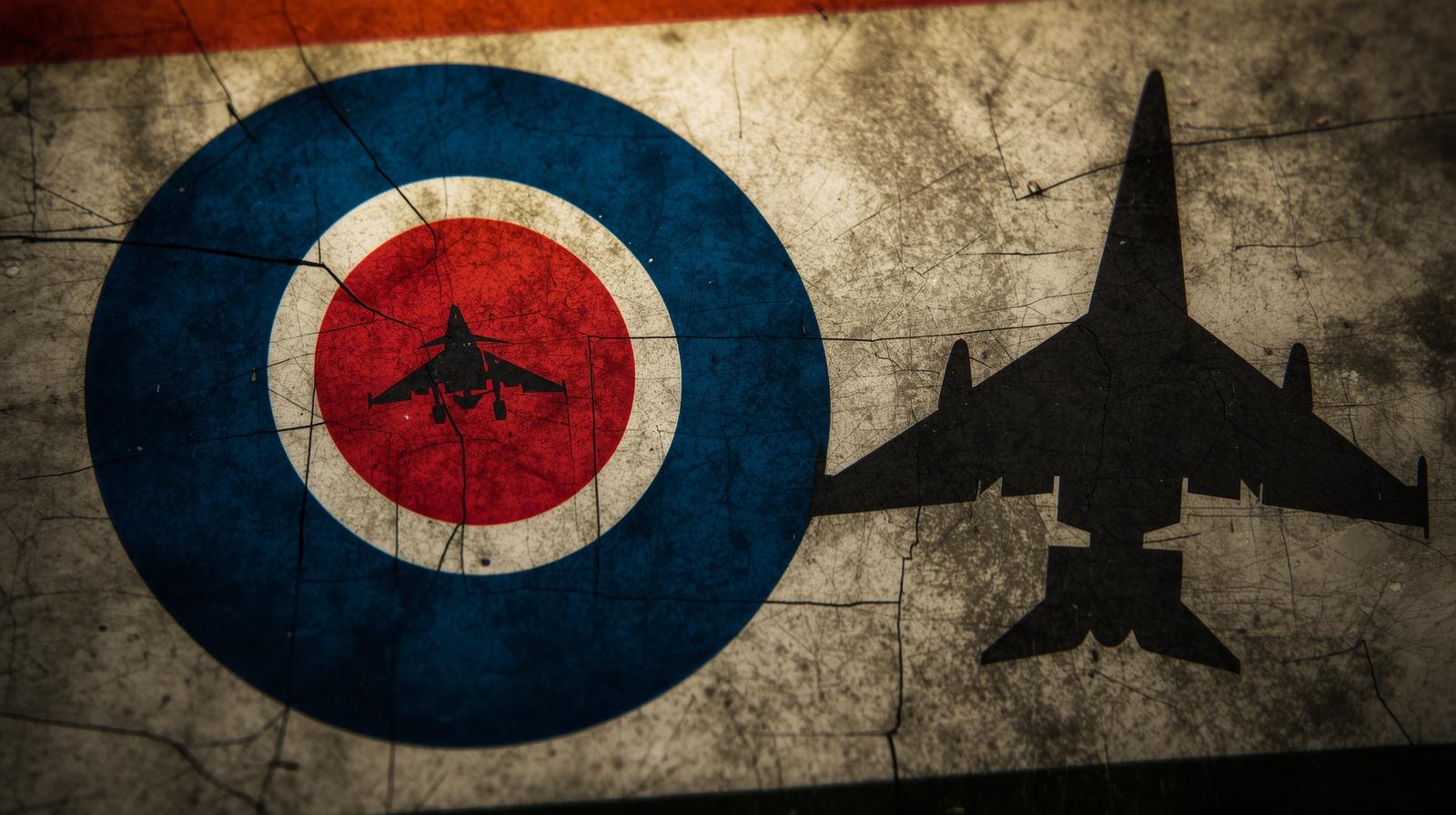The Indian Air Force (IAF), once considered the backbone of South Asia’s air power, is facing a serious combat aircraft shortage following the retirement of the MiG-21 fleet. This phase-out, while necessary for safety and modernization, has left India struggling to maintain its sanctioned 42 combat squadrons. With actual strength now expected to drop to 29 squadrons, the IAF is entering one of the most vulnerable phases in its modern history.
Why the MiG-21 Retirement Created a Crisis
The MiG-21 served India for over six decades, but its outdated design and frequent crashes earned it the title “flying coffin.” While retiring the aircraft was inevitable, the lack of timely replacements has created a strategic vacuum. Neighboring China boasts nearly 66 combat squadrons and advanced 5th-generation fighter projects, while Pakistan maintains close to 25 squadrons, narrowing the gap between rivals.
Delays in Tejas Deliveries: The Bottleneck
The indigenous HAL Tejas MK-1A was supposed to fill the gap left by the MiG-21. However, despite orders for 83 jets, production delays—largely linked to engine supply shortages and HAL’s slow manufacturing pace—mean that the IAF has yet to receive the promised numbers. Even optimistic estimates suggest fewer than a dozen Tejas jets will be inducted by the end of 2025.
This slow pace has raised concerns that India’s “Make in India” defense push is not matching operational realities.
The MRFA Dilemma
The Multi-Role Fighter Aircraft (MRFA) deal, involving the purchase of 114 jets from global defense giants, remains stuck in prolonged negotiations. While options like the Rafale, F-35, and Su-57 are discussed, bureaucratic hurdles and high costs prevent decisive action. Every delay in MRFA directly weakens India’s deterrence against a possible two-front war with China and Pakistan.
AMCA and the Long Road Ahead
India’s ambitious Advanced Medium Combat Aircraft (AMCA) program promises a 5th-generation indigenous jet, but the project is still in the prototype stage. The first flight is not expected before 2029, making AMCA a long-term solution rather than an immediate fix. Until then, India must depend on Tejas upgrades, limited Rafale squadrons, and aging Mirage-2000s and Jaguars.
Policy Paralysis and Procurement Delays
Defense analysts widely agree that policy stagnation, red tape, and slow procurement cycles are the root causes of India’s air power crisis. While adversaries rapidly expand and modernize, India’s system of multi-layered approvals has slowed fighter induction to a crawl. Unless reforms are made to allow faster decision-making and private sector participation, the IAF will remain under-equipped.
Conclusion
The Indian Air Force is at a crossroads. The MiG-21 retirement, while necessary, has left a void that indigenous production and foreign procurement have failed to fill on time. With only 29 combat squadrons, India risks losing its edge at a time when China and Pakistan continue to expand their fleets.
To secure its skies, India must act decisively:
- Accelerate Tejas MK-1A production.
- Finalize the MRFA deal without further delay.
- Invest consistently in AMCA development.
- Empower the private sector to reduce dependence on HAL.
Failure to act now could turn today’s shortfall into tomorrow’s strategic defeat. The world is watching whether India can convert this air force crisis into a turning point for true modernization.










